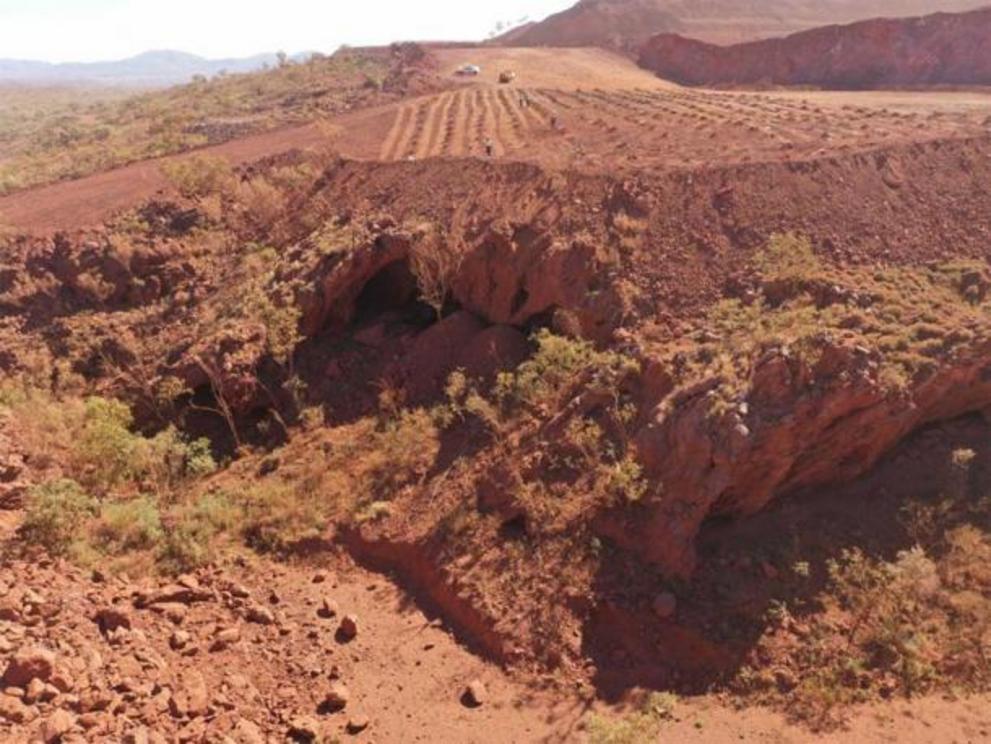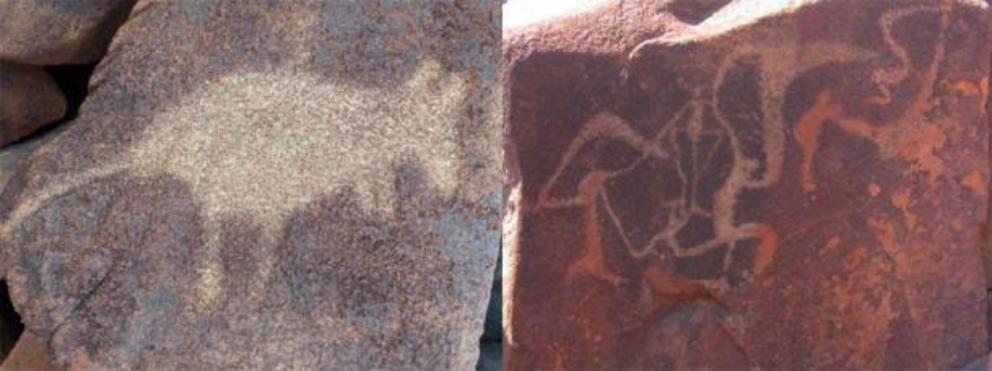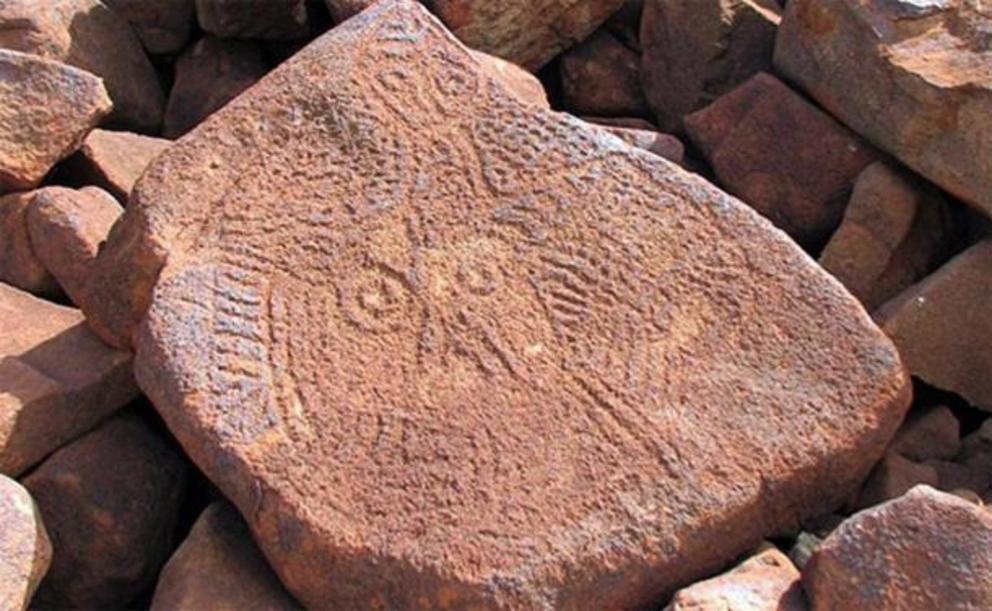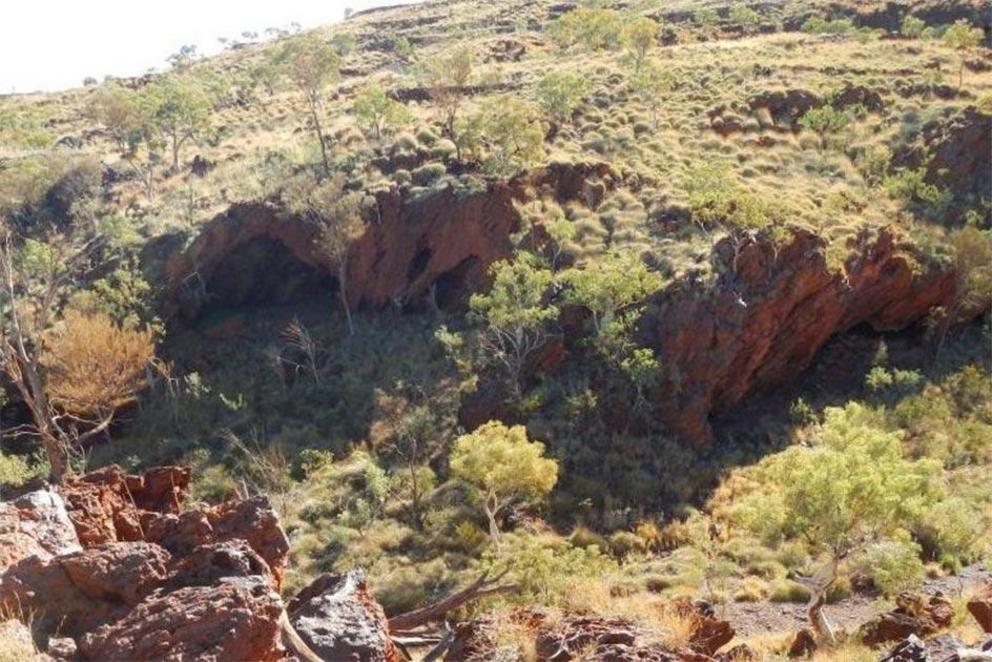Aboriginal rock shelters could have been saved from blasting
The Aboriginal rock shelters at Juukan Gorge sits about 60km north-west of the remote Pilbara mining town of Tom Price.
Two culturally and archaeologically significant rock shelters were destroyed by a mining company in Western Australia. The caves were ruined by blasting carried out by Rio Tinto, who remarkably did it with the full backing of the law. But new information reveals that there were alternative mining plans, that were hidden from the land’s traditional owners, which could have avoided the destruction of the sacred sites.
These rock shelters were archaeologically and culturally important because they had been occupied for over 40,000 years and provided genetic and other evidence that is critical for the history of Indigenous Australians .
The Rock Shelters Could Have Been Saved
The Sydney Morning Herald reports that in a federal parliamentary inquiry, the Rio Tinto CEO named Jean-Sebastien Jacques stated that there were four options to expand the iron ore mine in the area in 2012-2013. Three of the options would have avoided the rock shelters, but the mining company chose the more destructive alternative because it allowed them to extract $135 million worth of iron ore – a profit that the other choices could not beat. They opted for the route that allowed the company to mine “8 million tonnes of higher-grade iron ore," according to Mr. Jacques.
Mr. Jacques also said that the Puutu Kunti Kurrama and Pinikura (PKKP) people, the land’s traditional owners, were “not made aware that four options were available in 2012 and 2013. Only one option was presented to the PKKP.” At the inquiry, the CEO also recognized that the destruction “should not have happened” and that “Rio Tinto and the industry must listen more to the voice of traditional owners. And I mean, really listen.”
But all of this happened too late to save the cherished rock shelters.
40,000 Years of Aboriginal History Blown Up
The caves that were destroyed are in Juukan Gorge in the Hammersley Ranges in Western Pilbara. They are known as Juukan 1 and 2 and they are owned by the Puutu Kunti Kurrama (PKK), who have lived in the area for thousands of years. The Guardian reports that it was ‘the only inland site in Australia to show signs of continual human occupation through the last ice age’ . The sites are considered sacred by the groups and they had been used by Indigenous Australians as camps within living memory.
The rock shelters were of great archaeological importance because their flat floor meant that several feet of earth had accumulated which contained many relics from the past. The location is unique because it was inland and not inundated like other coastal sites during the last ice age. The caves were excavated in 2008 and also in 2014. Among the items found by researchers in 2014 were ‘artifacts believed to be the earliest use of grindstone technology in WA’ (Western Australia), according to ABC.
Plaited hair that was once part of a belt was also uncovered and this provided priceless genetic evidence that the ancestors of the PKK had lived here up to 46,000 years ago. The findings suggest that the area has been continuously occupied since the last ice age by the same people. Also uncovered was a kangaroo bone that had been sharpened into a tool. A great midden of shells was also uncovered, and this could have provided a great deal of evidence about fauna in the region over the millennia.
 Rio Tinto was given permission to blast Juukan Gorge 1 and 2 under Section 18 of the Aboriginal Heritage Act, despite calls to protect the two Aboriginal rock shelters.
Rio Tinto was given permission to blast Juukan Gorge 1 and 2 under Section 18 of the Aboriginal Heritage Act, despite calls to protect the two Aboriginal rock shelters.
The Legal Right to Destroy the Rock Shelters
Dr. Michael Slack, who took part in the 2014 investigations, told ABC that “it’s one of those sites that you only excavate once or twice in your career.” The archaeologists, along with the owners of the rock shelters, hoped for further investigations of the site. However, regulations and bureaucracy frustrated their efforts to further explore the caves.
The PKK had worked with the multinational mining company Rio Tinto to preserve the caves, and, the company funded the archaeological dig at the site in 2014. However, according to The Guardian ,‘Rio Tinto received ministerial consent to destroy or damage the site in 2013 under WA’s outdated Aboriginal heritage laws, which were drafted in 1972 to favour mining proponents’.
They used this law to legally destroy the rock shelters. A Rio Tinto spokesperson stated that the company “has, where practicable, modified its operations to avoid heritage impacts and to protect places of cultural significance to the group,” according to Head Topics .
 Aboriginal art in the region (Burrup rock art).
Aboriginal art in the region (Burrup rock art).
Destruction of Heritage Sites
The property owners desperately wanted to preserve the site because of its immense cultural and archaeological value. However, The Guardian quotes Burchell Hayes, a PKK traditional owner, as saying that Rio Tinto told them that “the site would be impacted after it asked to visit for upcoming NAIDOC week celebrations.” There had been no prior consultation with the Indigenous Australians and not even the Minister responsible for Aboriginal affairs was aware that blasting was going to take place.
The detonations took place over a weekend and they were part of an expansion project for an iron ore mine. It is believed that the detonations took place only 33 feet (11 m) from the sacred and archaeologically significant site. Rio Tinto informed the local Aboriginal people that both rock shelters had been destroyed. John Ashburton, a local PKK representative told The Guardian:
“Our people are deeply troubled and saddened by the destruction of these rock shelters and are grieving the loss of connection to our ancestors as well as our land.”
 The enigmatic archaic faces, found in large numbers over the Burrup are among the earliest rock art works in the region. This may be one of the oldest carved faces in the world
The enigmatic archaic faces, found in large numbers over the Burrup are among the earliest rock art works in the region. This may be one of the oldest carved faces in the world
Controversial Laws and Aboriginal Heritage Site Conservation
Mr. Ashburton told ABC “We recognise that Rio Tinto has complied with its legal obligations, but we are gravely concerned at the inflexibility of the regulatory system.” The mining company had been given the right to conduct blasting in the area before the sites were recognized as being of historical significance. However once consent was granted under the Aboriginal Heritage Act for the destruction of a site it cannot be revoked even if further evidence shows that it is of archaeological or cultural significance.
The law surrounding the conservation of Aboriginal heritage sites have been deemed inadequate for many years. The Western Australian state government was able to use a clause in the Aboriginal Heritage Act to allow industrial development at the Dampier Archipelago of Western Australian, which has thousands of Aboriginal pictographs . In 2019 over 1000 hectares of land in Wangan and Jagalingou country was legally taken away from local Aboriginals.
Legal Protection is Lacking
There have been attempts to reform the Act in recent years and there is widespread agreement that the current 50-year-old law needs to change. ABC reported in May that the Aboriginal Affairs Minister Ben Wyatt stated that proposed new legislation would include a “process to consider new information that may come to light, and allow the parties to be able to amend the agreements by mutual consent.”
This would prevent incidents like the destruction of rock shelters . However, any new legislation may take some time and probably will still not protect Aboriginal heritage sites, based on recent history.

